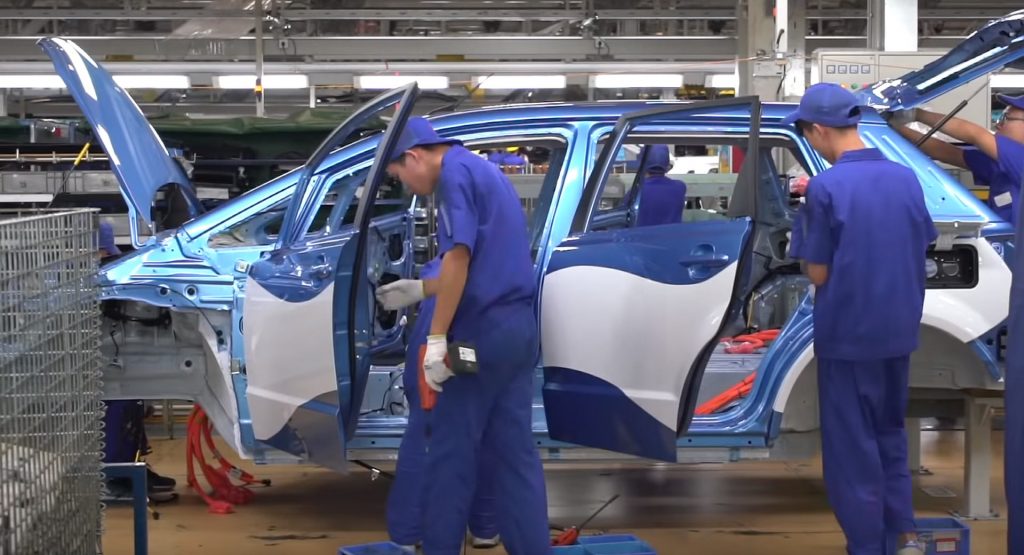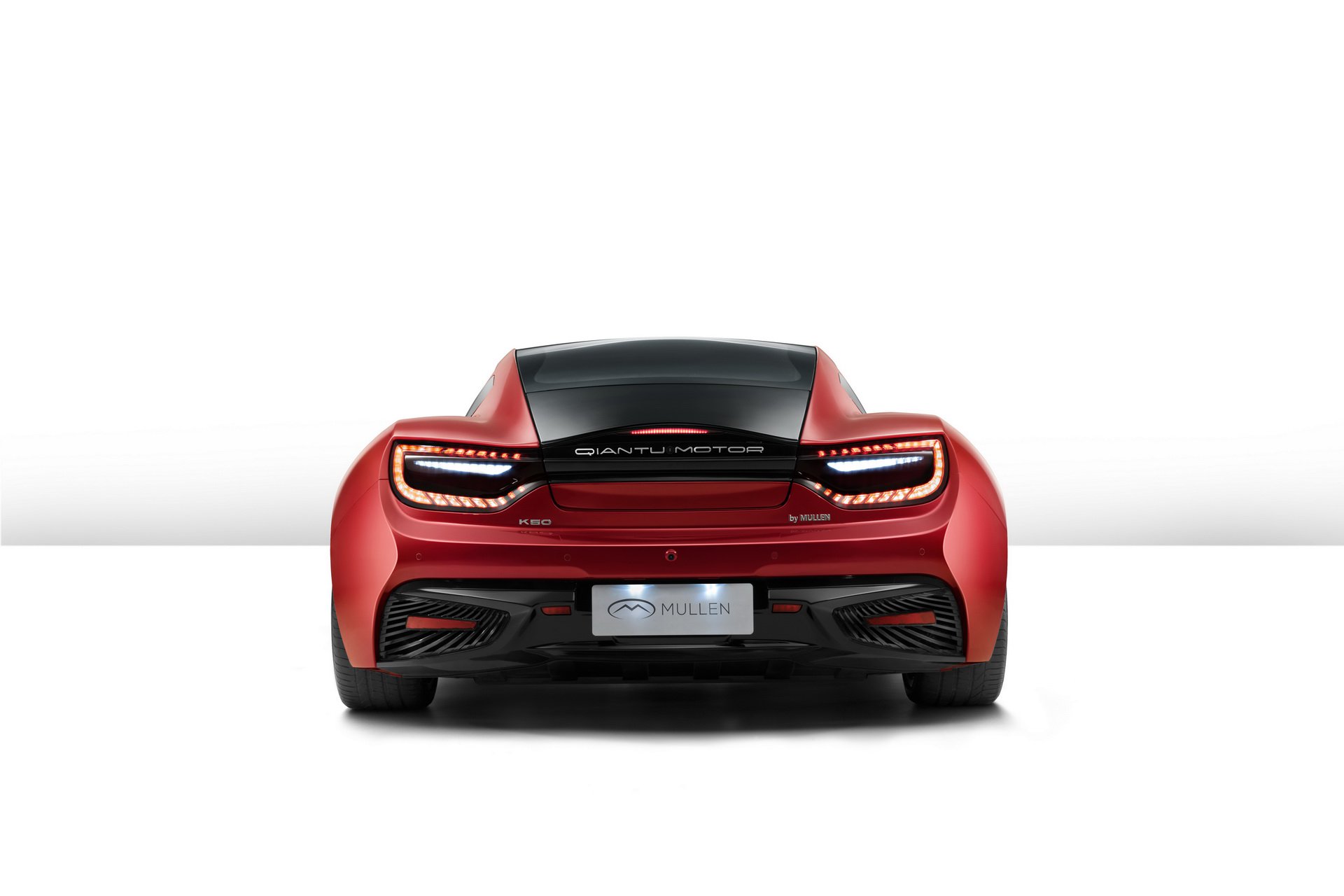The electric car industry is booming across China but some fear that the bubble could soon burst.
According to Bloomberg, there are no less than 486 electric vehicle manufacturers registered in China, all vying to compete in a market being propped up by generous government incentives and subsidies.
It is reported that at least two dozen EV brands in China will showcase vehicles at this week’s Shanghai Auto Show and these startups, as well as the hundreds of others, have raised roughly $18 billion in investments since 2011. The companies assert they could collectively start to build 3.9 million vehicles a year.
Last year proved to be the biggest year on record for electric vehicle sales across China with over 1 million units being sold. However, that is just 4 per cent of overall passenger vehicle sales in the country.
Also Read: China Wants To Boost EV Innovation By Upping Standards, Reducing Subsidies
In a bid to help China reach annual sales of new-energy vehicles – including all-electric, plug-in hybrid, and fuel-cell vehicles – of 7 million units by 2025, the Chinese government has been pushing various incentives to boost sales. However, certain subsidies are being cut, particularly for vehicles with low electric ranges and this could spell the end for some companies.
“There is still huge room out there in the new-energy vehicle market with China’s relatively low vehicle-penetration rate,” secretary-general of the China Passenger Car Association Cui Dongshu said. “Yet that market is for the competitive players, not the weakest ones, and the latter will be squeezed out.’’
“With the subsidy adjustments, some less technologically advanced EV startups will disappear,” partner for Deloitte Tohmatsu Consulting Zhou Lei said.
Analysts believe that already-established car manufacturers stand the best chance of surviving the influx of electric car startups. BYD is one of these and according to its founder and chairman Wang Chuanfu, other companies may soon discover that building EVs is an expensive business.
“The investment needed for actual production is several times of that they’ve spent on marketing and production development. That’s why we are seeing some of them delaying mass-production plans,” he said.









